Discover the Most Important Museums Across Anatolia
Anatolia has been the meeting point of civilisations for thousands of years. This deep-rooted history comes to life in impressive museums spread all over Turkey. The most important museums of Anatolia, which are of interest to everyone from archaeology enthusiasts to art lovers, offer both a cultural and visual feast to their visitors. In this article, we will explore the must-see museums in different cities of Turkey. So, what are the best museums in Turkey? What are the most important museums of Anatolia? Let's explore together. 👇
Corum Museum

Çorum Museum stands out with the artefacts excavated in Hattusa, Alacahoyuk and Sapinuva, the heart of the Hittite civilisation. Among the most valuable pieces of the museum are the bronze sword and cuneiform tablets of the Hittite King Tuthaliya II, dating back to 1430 BC. These tablets are on UNESCO's Memory of the World List. In addition, bullocks printed with clay seals showing the bureaucratic structure of the period are presented together with the usage patterns of the period. The museum building is also registered as an “Immovable Cultural Property in Need of Protection” for its historical value.
Source: Kültür Portalı
Hatay Archaeology Museum

Hatay Archaeology Museum, which has one of the largest mosaic collections in the world, has a total mosaic area of 3250 square meters. In addition to artefacts from the Roman, Hellenistic and Ottoman periods, it is home to many archaeological finds representing the history of the region.
Source: Türkiye Kültür Portalı
Goreme Open Air Museum

The Open Air Museum in Goreme, the heart of Cappadocia, draws attention with its monastery and church structures that shed light on the history of Christianity. Important structures such as the Monastery of Girls and Boys, the Serpent Church and St. Basil's Chapel fascinate visitors to the region. This open-air complex, which is on the UNESCO World Heritage List for its cultural depth along with its natural beauties, is a must for a trip to Cappadocia.
Source: Cappadocia Fairy Stone Travel
Historical Prison, Sinop
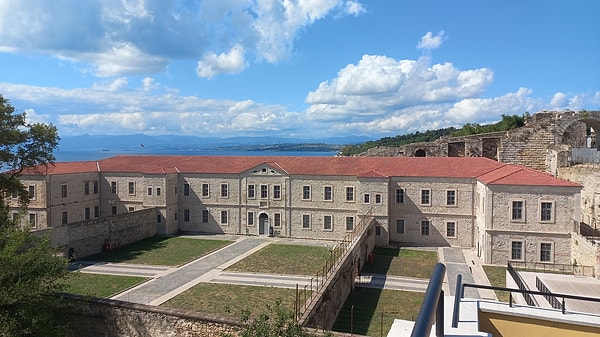
The Historical Prison in Sinop has been used as a dungeon since 1560 and was converted into a museum in 1996. Known as the Alcatraz of Anatolia, the prison attracts attention with its historical atmosphere where famous writers and poets stayed.
Antalya Ethnography Museum

Founded with the efforts of Suleyman Fikri Bey, a teacher who opposed the smuggling of historical artefacts abroad during the occupation years, the Antalya Ethnography Museum was first established in an abandoned mosque. Today's modern museum houses artefacts from three important ancient cultural regions such as Lycia, Pamphylia and Pisidia. One of the largest museums in Turkey, the building has 13 exhibition halls and open-air galleries.
Republic Museum, Ankara
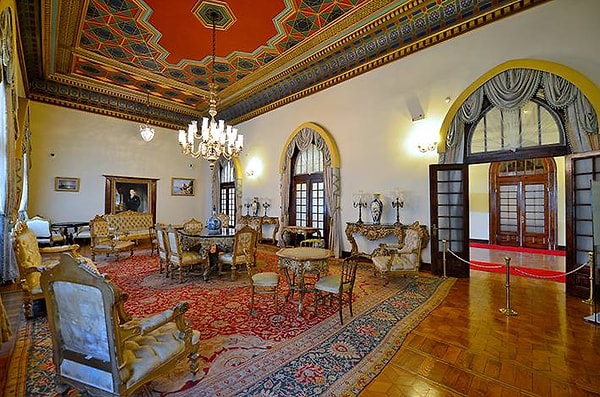
The Republic Museum, located in the Second Grand National Assembly of Turkey building, is one of the places where Ataturk's revolutions were carried out and where important moments in Turkey's path to modernisation took place. The museum offers its visitors a historical perspective with documents and photographs symbolising the founding of the Republic of Turkey.
Source: Müze Kart
Ephesus Museum, Izmir

The Ephesus Museum in the Ephesus district of Izmir sheds light on history with artefacts dating from Mycenaean to Ottoman times. Famous artefacts such as two large statues of Artemis, Eros and the head of Socrates are exhibited in the museum. The Ephesus Museum presents the ancient richness of Anatolia to visitors.
Source: Visit İzmir Hakkında
Antalya Archaeology Museum
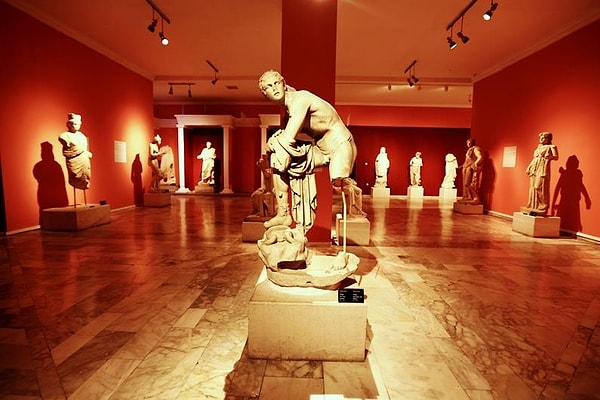
The Antalya Archaeological Museum was founded in 1922 and is noted for its Roman artefacts from Perge. On an area of 30,000 square meters, it has a rich collection with 14 exhibition halls and open-air galleries. Selected as the “Council of Europe Museum of the Year” in 1988, the museum attracts the attention of history buffs with its important archaeological finds.
Mevlana Museum, Konya
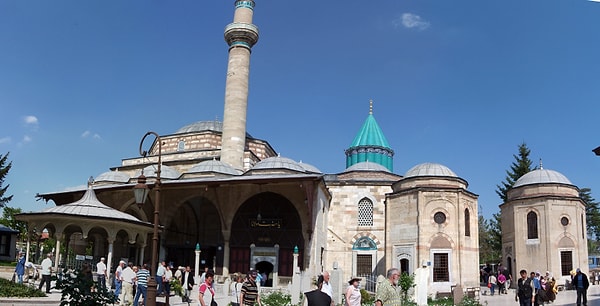
The Mevlana Museum in Konya is home to the tomb of Mevlana Celâleddîn-i Rûmî. The lodge, which became a museum in 1926, is a centre that allows a journey into the depths of history with manuscript books, musical instruments and other Mevlevi artefacts.
Zeugma Mosaic Museum, Gaziantep

The Zeugma Mosaic Museum in Gaziantep is one of the largest mosaic museums in the world and houses important works such as the famous Gypsy Girl Mosaic from the 2nd century AD. These mosaics excavated from the ancient city of Zeugma, combined with Roman sculptures and other historical artefacts, offer visitors a rich cultural experience. From late antique churches to early Assyrian and Christian iconography, the museum exhibits many rare artefacts.
Source: Nevit Dilmen
Baksi Museum, Bayburt
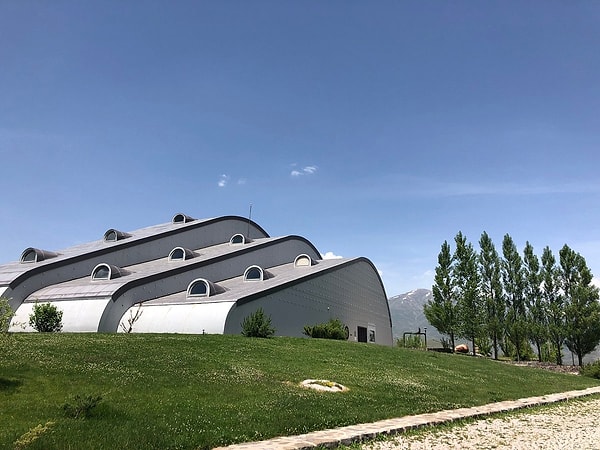
Located on a hill overlooking the Coruh River in Bayburt, Baksi Museum is an important place where contemporary art and traditional handicrafts are combined in Husamettin Kocan's project. Winner of the 2014 Council of Europe Museum Award, this museum attracts great interest despite being located in one of the most isolated regions of Anatolia. Erzurum Airport can be used to reach the museum from Bayburt.
Source: TripAdvisor
Museum of Anatolian Civilisations, Ankara
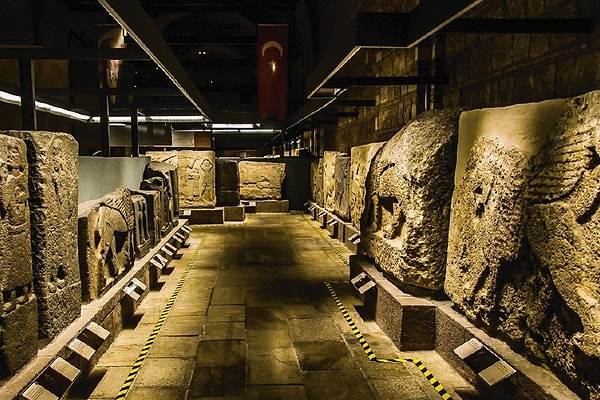
Located in Ulus, Ankara, the Museum of Anatolian Civilisations was founded in 1921 and became what it is today in 1968. With its sections representing many different periods, such as the Neolithic, Chalcolithic and Bronze Age, it reveals the history of Anatolia. This museum, which was named “Museum of the Year in Europe” in 1997, also houses artefacts from civilisations such as Hittite, Urartu, Phrygian and Assyrian.
Source: Adım Adım Istanbul
Keşfet ile ziyaret ettiğin tüm kategorileri tek akışta gör!

Send Comment